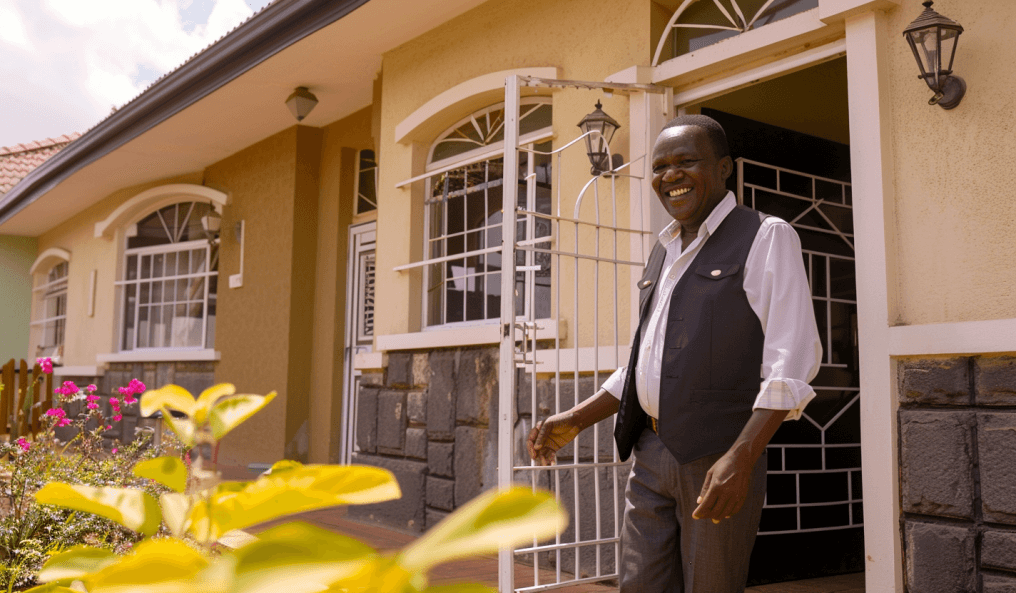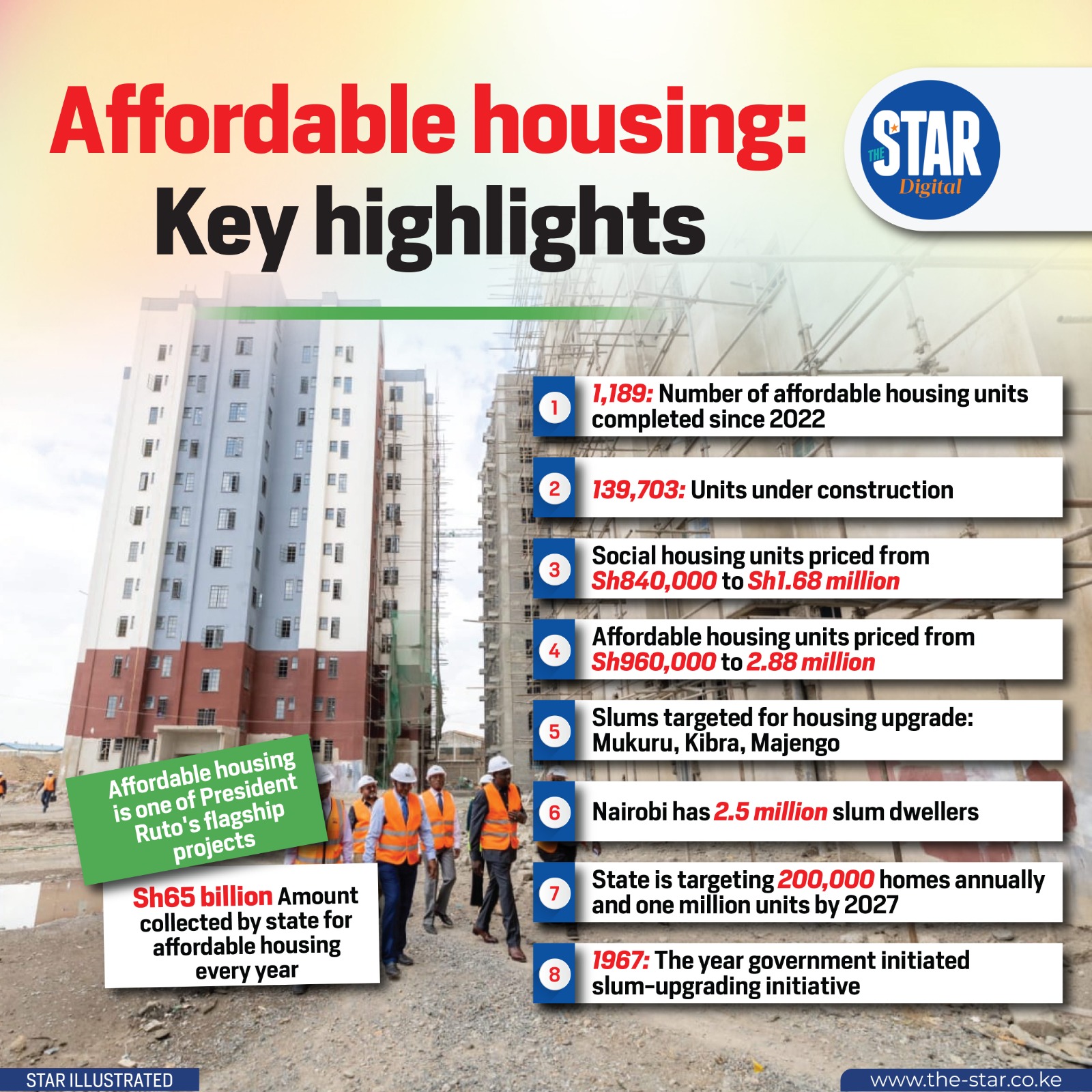As Kenya embraces green building principles, the choice of construction materials is becoming increasingly critical. Sustainable building materials offer environmental benefits, can reduce construction costs, and often lead to healthier living spaces. In 2025, several innovative and traditional eco-friendly materials are gaining popularity in the Kenyan construction sector.
1. Interlocking Stabilized Soil Blocks (ISSBs)
Composition (soil, cement, water), production process (manual or machine compressed), benefits (reduced cement usage, good thermal properties, lower cost than conventional bricks/blocks, ease of construction). Examples of projects using ISSBs in Kenya. Suitability for affordable housing.
2. Bamboo: The Versatile Green Gold
Properties of bamboo (strength, flexibility, rapid renewability). Applications in construction (structural frames, flooring, walling, scaffolding). Treatment methods to enhance durability. Kenyan bamboo species and potential for local industry growth. Challenges (standardization, skills).
3. Recycled and Upcycled Materials
Use of recycled plastic for paving blocks, fencing posts, or even wall panels. Crushed recycled glass in concrete or terrazzo. Reclaimed wood. Benefits in waste reduction and resource conservation. Innovations by Kenyan entrepreneurs in this space.
4. Sustainably Sourced Timber and Engineered Wood Products
Importance of using timber from certified sustainably managed forests (e.g., FSC certification). Engineered wood products like Cross-Laminated Timber (CLT) or Glulam – potential for larger structures, though still nascent in Kenya. Benefits of wood as a carbon sink.
5. Low-VOC Paints and Finishes
Volatile Organic Compounds (VOCs) in conventional paints and their health impacts. Availability and benefits of low-VOC or zero-VOC paints, plasters, and sealants for improved indoor air quality. Growing consumer awareness.
6. Natural Insulation Materials
Alternatives to synthetic insulation: recycled cellulose, sheep's wool, cork, or even straw bales (in specific applications). Benefits for thermal comfort and energy efficiency, reducing need for air conditioning/heating.
7. Rammed Earth Construction
Ancient technique making a comeback. Process of compacting a mixture of soil, sand, and a small amount of cement within formwork. Benefits (thermal mass, low embodied energy, aesthetics). Suitability for specific climates in Kenya.
Conclusion
The adoption of sustainable building materials in Kenya in 2025 is driven by a growing environmental consciousness, the quest for cost-effective construction, and a desire for healthier buildings. While challenges in supply chains, standardization, and skills development exist, the trend towards eco-construction is undeniably positive, paving the way for a more sustainable built environment.




